Matthew Hennings, Hennings Wine Merchant
Matthew Hennings, managing director of Hennings Wine Merchants. Based in Sussex it has become one of the most respected and leading regional wine merchants and distributors in the UK.
How do you consider Provence as a wine region you want to work with compared to five years ago?
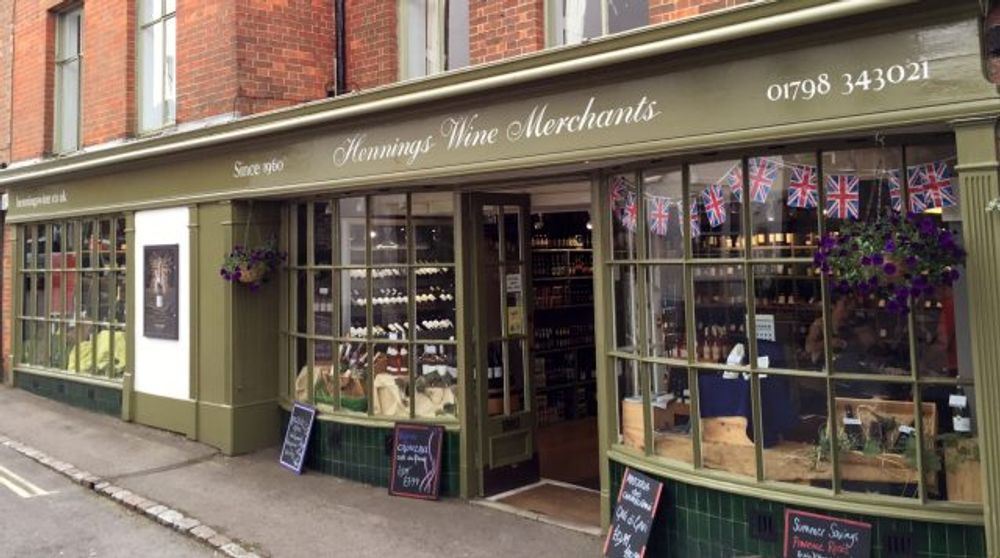
Matt Hennings says Provence rosé is incredibly important for its business
We have been strong on Provence for quite a few years now. However, five years ago we couldn’t get enough of it during Covid and that very hot summer of 2020. Containers of premium names were flying around then.
What has changed over that time?
It is still an incredibly important part of our range and has definitely grown over that period. However, there are some excellent lesser-known wines that with the right packaging and style that have been a real success for us. The fast growth of the “bigger premium names” can be a challenge and has opened the door for other producers to follow.
What are you most looking to source from Provence?
We already currently ship directly from four or five wineries in Provence which do very well for us. Most of them are organic and biodynamic which is increasingly important for us as a business as we looking to list more sustainable wineries.
Clearly the quality and value proposition are important but we also look for any USP, or story, to communicate to our customers. People most definitely buy with their eyes so colour and packaging is key. One of the reasons we moved away from doing as much with the big major brands is the price competition from the major supermarkets, s. So channel management is key.
What do you think gives Provence the edge over other French wine regions?
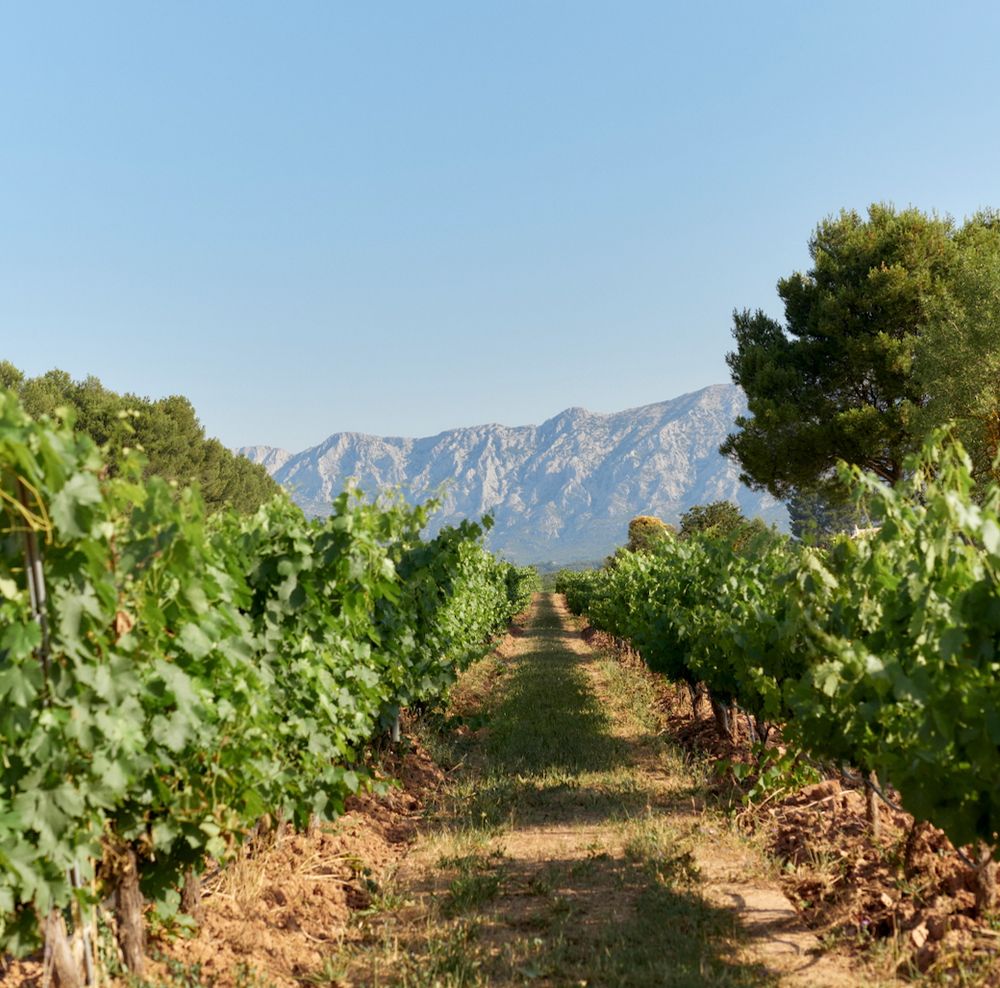
Matt Hennings says it is the flexibility and depth of quality you can get in Provence that makes it stand out
It works from its entry level at around £12 right the way up to over £25 in good volume. It also sells 12 months of the year now, perhaps not in the volume it does in the summer but still sells very well. Provence now makes up a good degree of Christmas sales. Stylistically it is also on point with what people want. Fresh crisp, easy to drink, with or without food. From starters in wine to experienced palates and it looks great. It has a luxurious appeal to it with the packaging which certainly helps with premium sales.
How has your portfolio of Provence rosés grown? What would you like to source more if you could?
We are a little lighter on wines at this time of year as we wait for new vintages to come in. We will probably have somewhere in the region of 15 Provence wines this year as we found another producer at Wine Paris I think we will work with.
The one thing we can’t control is the sunshine but down on the south coast if the sun is out, it’s like flicking a Provence rosé switch.
We also find that we do very well on all three sides of the business with these wines: wholesale; retail; and online. We do attract customers due to our extensive range, quite a few of which are only available in the UK through us.
Tom Fahey, Terrace at Ventnor
Tom Fahey Terrace at Ventnor on the Isle of Wight that specialises in rosé wines and won the Rosé Wine List of the Year at the Star Wine List of the Year UK with The Buyer earlier in the year.
How do you consider Provence as a wine region you want to work with compared to five years ago?
I find Provence most akin to Champagne right now both in terms of how we sell the wines and also how our guests think about them. Consumers have each bought into a particular big brand they believe is “best”. In reality, this decision is likely more about prestige and marketing than it is about deliciousness compared to smaller-scale, traditional operators.
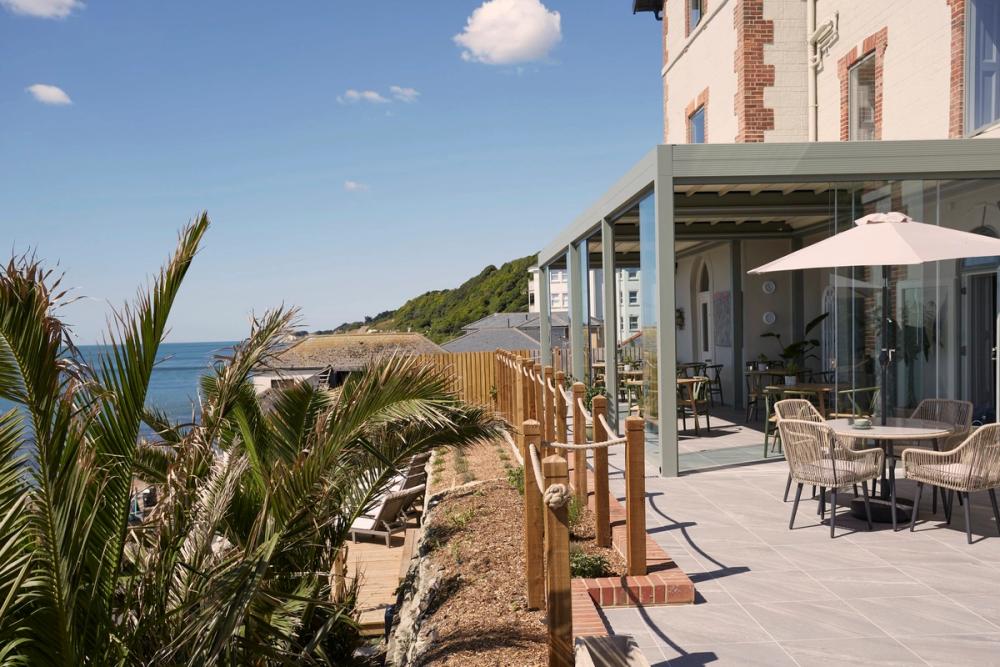
The Terrace at Ventnor on the Isle of Wight specialises in rosé
As a small retailer and restauranteur it seems we can add very little by focusing on big Provence brands. Supermarkets and chains can do this far more competitivelythan we can. My job is to seek out special, typically smaller or more traditional producers in the region that stand out in the glass.
To achieve this, I need a comparison point, which is 100% affordable big-brand Provence, just as it would be grand marque when selling grower Champagne. I often find myself encouraging consumers to try new styles of Provence rosé, rather than the pale and dry styles that I am typically asked for.
We often set out to show that pale doesn’t mean dry, that fruit doesn’t mean sweet and that dark can equate to ripeness and complexity more than it does white Zinfandel. To do this, we step away from the pale-washing of traditional Provence rosé styles.
Equally, though, I absolutely love the idea of traditional Provence growers aiming to make wines that have big fruit power with no loss of acidity and no need for residual sugar to get the fruit across. Having bone dry wines with big fruit concentration from Provence allows me to show what the region can really deliver and why it’s special.
In fact, our entire Provence range under £20 retail is designed to show this idea off in comparison to the low fruit, low flavour, high acid wines that comprise affordable big brand. I also feel no rosé list is complete without a barrel-fermented Provence rosé.
What has changed the most over that time?
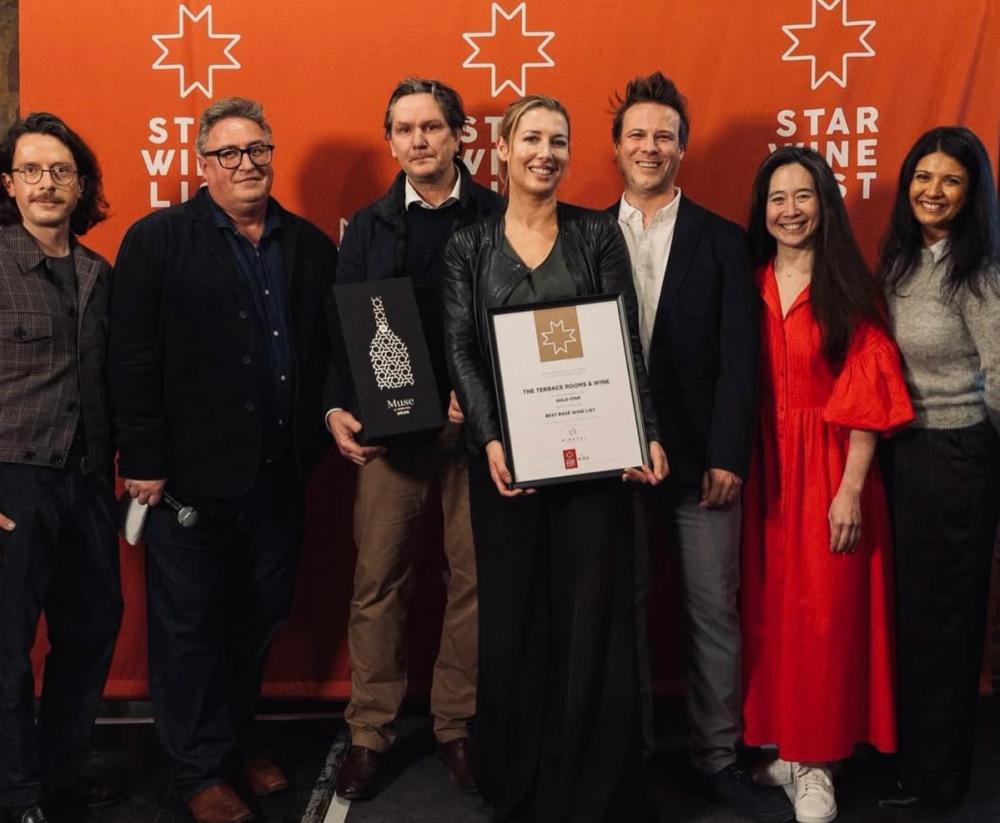
Tom and Ashley Fahey Won best Rosé Wine List at this year’s Star Wine List of the Year UK with The Buyer awards
The dominance of big-brand, similarity of style and the sale of an image and idea more than the liquid in the bottle. The success of the “pale = dry” message seems almost to be overpowering other rosé regions and creating a market space where small, specialist sellers like us can stand out by countering the one-style dominance of big brands.
We are a tiny challenger brand that values quality, delicious wines made by people not corporations – it’s natural for us from a cultural point of view to gravitate to wine makers who are culturally similar to us which in many ways excludes mass-produced wines widely available in multiples.
What are you most looking to source from Provence?
I’m looking for tradition and facts not marketing or prestige. I really like finding Provence rosés that are bone dry with crisp acidity but show off big fruit concentration at the same time – so unique. I also love barrel-fermented styles like Clos Cibonne. I don’t look to Provence for cheap alternatives or premium mainstream. I am trying to show off what the region was prior to it becoming a global phenomenon and what makes these wines unique in the glass.
What do you think gives Provence the edge over other French wine regions?

Provence has succeeded in cutting through with the consmer says Tom Fahey
Provence is the go-to for rosé. You don’t ask for rosé, you ask for “pale and dry rosé, ideally Provence”. Consumers are convinced that dry = pale and that pale = Provence so a vast number of wine sales are conducted on this basis alone. The image of Provence – the lavender filled-fields, the heaving vegetable markets, the endless summer, the stunning beaches, and the lavish lifestyle of the riviera are all inseparable from Provence rosé – the idea of drinking a place over just a wine is encapsulated in what consumers buy.
How has your portfolio of Provence rosés grown? What would you like to source more if you could?
I have one Clos Cibonne cuvée and vintage, I should really grow this but getting hold of older vintages isn’t easy as there isn’t much of secondary market.
I have two stunningly complex, concentrated Provence rosés made by Valérie Courrèges which somehow combine natural, organic winemaking with the sort of cleanness consumers will tolerate. This style is like gold dust – natural and complex but also clean and intense made by a small grower. I would stock more if I could find them.
Finally I have four sub-£20 retail Provence rosés which I consider to have good fruit character and acidity while also being bone dry, none of which are in any non-independent UK retailer. This is enough and I would not wish to create the range – they achieve what I need from the category at lower price points.
Outside rosé I have one Provence white that sells really well. It’s a style I’m keen to explore more of and increase listings – I think there’s a lot of potential here to springboard from the consumer love of rosé as a starting point for a sale.
Daniel Grigg, Museum Wines
Daniel Grigg, Museum Wines, a leading wine merchant and importer and supplier based in Dorset.
How do you consider Provence as a wine region you want to work with compared to five years ago?
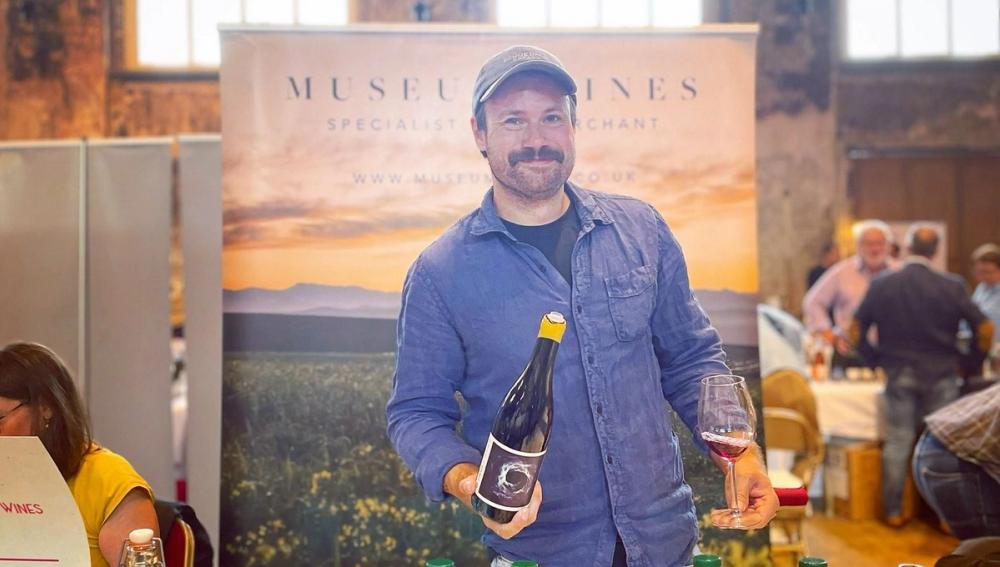
Daniel Grigg at Museum Wines
We've been working with Famille Sumeire in Provence since 2017 and we import more from them than any other winery (outside of our South African imports). I think South Africa is producing the most viable competition to Provence in terms of wine style, getting the colour right etc however the demand is still for French rosé and they're still often more modestly priced than their global rivals. It's difficult to talk someone into trying something different if it’s more expensive than what they actually want.
What has changed your opinion if it has?
I've learned not to underestimate the power (and demand) of Provence. It's curious how consumers are willing to try crémant or Cap Classic rather than Champagne or Bordeaux/Burgundy varietals from outside of France - but rosé wine must be from Provence.
It helps the region that you can still buy good Côtes de Provence for under £20 so consumers aren't incentivised to trade down / outside of the region.
What do you think gives Provence the edge over other French wine regions?
Understanding of the demands of their international customer base and not dying on a hill with a misplaced sense of righteousness. The UK and US markets demand a shade of pink so pale it could almost be white.
What would you like to source more if you could?
We took on another producer at the same time as Famille Sumeire in 2017 then decided just to focus on one producer. The category is important for us across the business through our retail, e-commerce and agency routes to market but there isn't so much demand we need more than one Provence agency, you just end up robbing from Pierre to sell Pascal's wine.
However, we have added Château Coussin to the range (also from Famille Sumeire) which used to be beholden to Oddbins prior to their eventual demise. It's been rebranded in super smart packaging, looks the business and it goes without saying that it's the right colour.
* You can find out more about about Provence rosé and the region at CIVP Vins de Provence website.
































